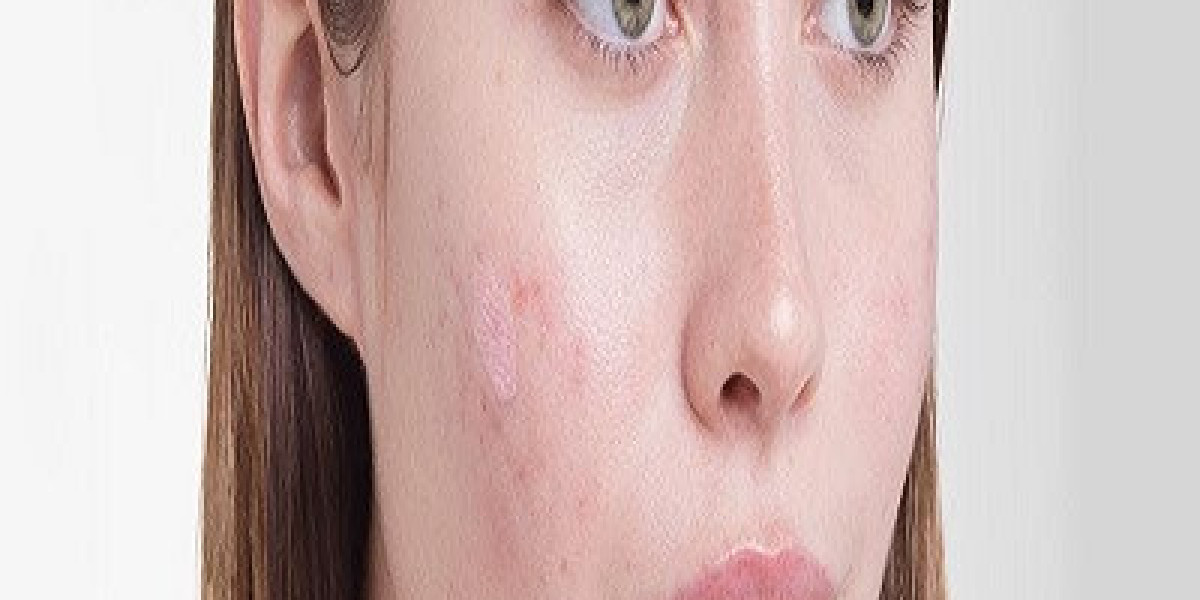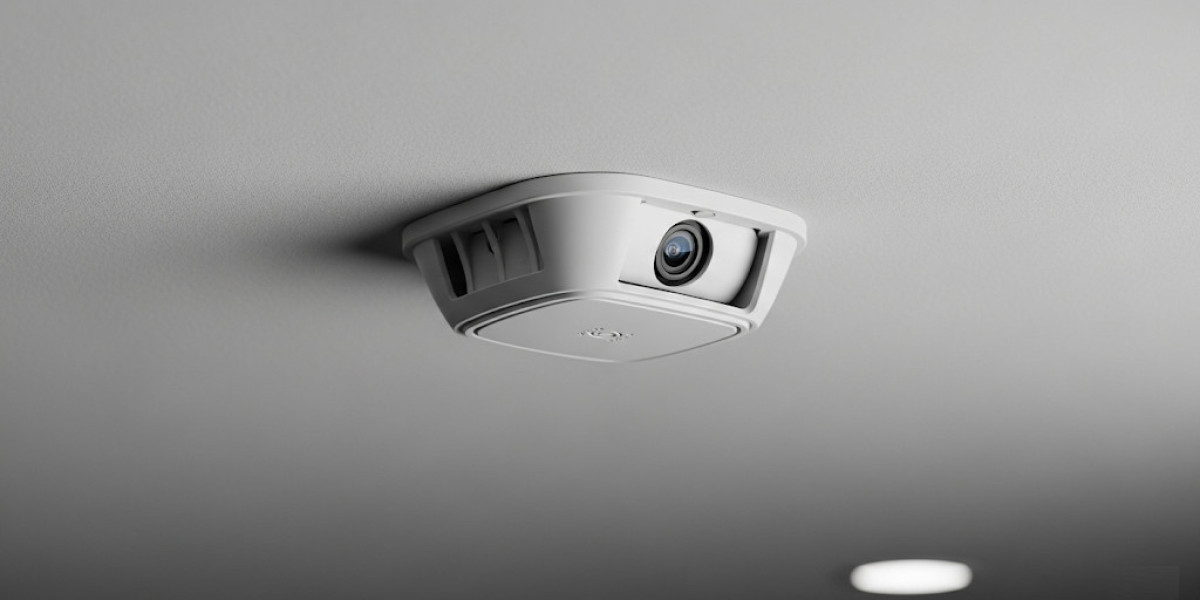Dealing with acne scars can be emotionally and physically challenging, especially when topical treatments fail to deliver visible improvement. Fortunately, modern dermatological procedures offer advanced solutions for scar reduction. If you are considering professional help, it’s natural to wonder what your first session will be like. For individuals seeking Acne Scars removal in Islamabad, understanding the process of the initial treatment session is key to preparing both mentally and physically. Clinics like SKN Cosmetics prioritize patient education to ensure every step of the journey is clear and comfortable.
Initial Consultation and Skin Assessment
Before the actual treatment session begins, the process typically starts with a thorough consultation and skin analysis. This step is crucial in determining the right procedure for your specific scar type—whether they are ice-pick, rolling, or boxcar scars—and your skin tone, sensitivity, and medical history.
The dermatologist will examine the depth and severity of the scars and may ask questions about your previous skin treatments, allergies, and overall health. Based on the evaluation, they will suggest the most appropriate treatment modality, which could include microneedling, chemical peels, laser therapy, subcision, or a combination of techniques.
During this stage, you’ll also receive guidance on how many sessions may be required for visible results, potential risks, and expected downtime. This is the time to ask questions and share any concerns you might have about the procedure.
Pre-Treatment Preparation
Once the procedure is selected, you may be given a pre-treatment plan to follow. This might involve:
Avoiding sun exposure or tanning for at least a week before the session
Discontinuing certain skincare products, such as retinoids or exfoliating acids
Taking antiviral medication if you are prone to cold sores (especially for laser treatments)
Applying topical numbing cream, which may be done at the clinic or advised beforehand
These preparatory steps are designed to minimize skin irritation and reduce the risk of post-treatment complications.
Arrival and Cleansing
On the day of your first acne scar removal session, you’ll arrive at the clinic where the procedure will take place. The session typically begins with a gentle cleansing of the skin to remove any residual oils, dirt, or skincare products. This ensures the treatment area is free from contaminants that could interfere with the procedure.
Depending on the selected method, a topical anesthetic may be applied to reduce discomfort. This numbing process usually takes about 20 to 40 minutes to take full effect.
The Procedure: What Happens During Treatment?
The specific steps of the procedure will vary based on the treatment chosen. Here’s a breakdown of what to expect for some of the most commonly used acne scar removal methods:
Microneedling
Microneedling involves the use of a device with fine needles to create controlled micro-injuries on the skin surface. This stimulates the skin’s natural healing process and collagen production.
The practitioner will gently glide the microneedling device across your skin
You may feel a slight prickling sensation, but the numbing cream minimizes discomfort
The session typically takes 30–60 minutes
Minor bleeding or pinpoint redness is normal and temporary
Chemical Peels
A chemical peel uses acids like glycolic, salicylic, or TCA to exfoliate the top layers of the skin and promote regeneration.
The chemical solution is carefully applied using a brush or applicator
You may experience a stinging or warming sensation
The peel is left on for a few minutes before being neutralized and removed
The strength and depth of the peel determine the level of redness or peeling afterward
Laser Resurfacing
Laser treatments like fractional CO2 or Er:YAG are highly effective for deeper acne scars.
A handheld laser device emits energy pulses to the targeted areas
You may feel warmth or snapping sensations during the procedure
The session duration varies based on the treatment area
The skin may appear red, swollen, and feel sunburned immediately afterward
Subcision
Subcision is a minor surgical procedure used for tethered scars.
After applying local anesthesia, a fine needle is inserted beneath the scar to break fibrotic strands
You might feel pressure or movement under the skin
Some bruising or swelling may occur, which subsides in a few days
Immediate Aftercare
Once the procedure is complete, a soothing serum or cooling mask may be applied to calm the skin. The dermatologist or assistant will provide aftercare instructions specific to the treatment received. These typically include:
Avoiding sun exposure and using broad-spectrum sunscreen
Not applying makeup for 24–48 hours (depending on skin sensitivity)
Keeping the skin moisturized and hydrated
Refraining from touching or picking at the treated area
Post-procedure effects like redness, swelling, or mild discomfort are common and generally resolve within a few days. It’s important to follow all aftercare steps to support proper healing and optimize results.
Downtime and Recovery
The recovery period varies by treatment:
Microneedling: Mild redness and swelling may last 24–72 hours
Chemical Peels: Peeling and dryness may occur for 3–7 days
Laser Treatments: Redness and crusting may last up to 7–10 days
Subcision: Bruising or tenderness may persist for up to a week
Your dermatologist may schedule a follow-up appointment to monitor your healing and determine when to proceed with the next session, if needed.
What Results to Expect
Visible improvements in skin texture and scar depth are typically gradual. While some people may notice results after the first session, most will require multiple sessions spaced weeks apart for significant changes.
Factors influencing results include:
Type and depth of scars
Skin tone and sensitivity
Adherence to post-care protocols
Overall skin health and lifestyle habits
It's important to maintain realistic expectations and understand that acne scar removal is a progressive process, not an instant fix.
Psychological Impact and Patient Satisfaction
For many patients, the first session marks the beginning of a transformative journey—not just physically, but emotionally. Addressing long-standing scars often leads to improved confidence and mental well-being. Knowing what to expect during the process can significantly ease anxiety and enhance the treatment experience.
Conclusion
Undergoing your first acne scar removal session is a significant step toward clearer and more even-toned skin. From initial consultation to post-treatment care, each phase is designed with precision and safety in mind. By preparing in advance and selecting a qualified professional, you can ensure a comfortable and effective experience.



